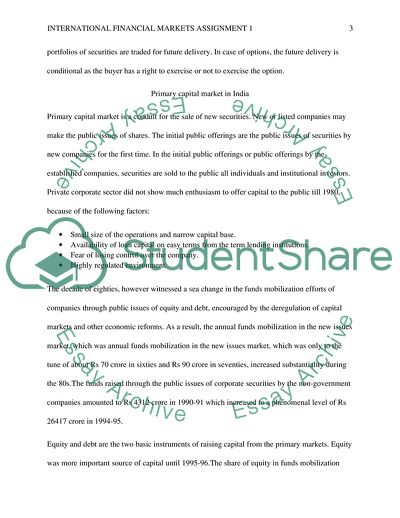Cite this document
(The Functions of International Financial Capital Markets Assignment - 1, n.d.)
The Functions of International Financial Capital Markets Assignment - 1. Retrieved from https://studentshare.org/finance-accounting/1763827-international-financial-markets
The Functions of International Financial Capital Markets Assignment - 1. Retrieved from https://studentshare.org/finance-accounting/1763827-international-financial-markets
(The Functions of International Financial Capital Markets Assignment - 1)
The Functions of International Financial Capital Markets Assignment - 1. https://studentshare.org/finance-accounting/1763827-international-financial-markets.
The Functions of International Financial Capital Markets Assignment - 1. https://studentshare.org/finance-accounting/1763827-international-financial-markets.
“The Functions of International Financial Capital Markets Assignment - 1”. https://studentshare.org/finance-accounting/1763827-international-financial-markets.


